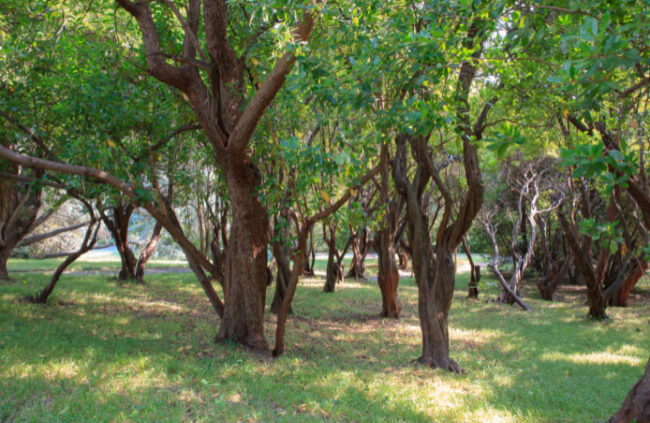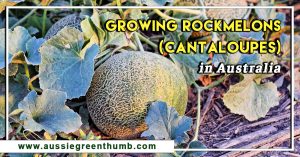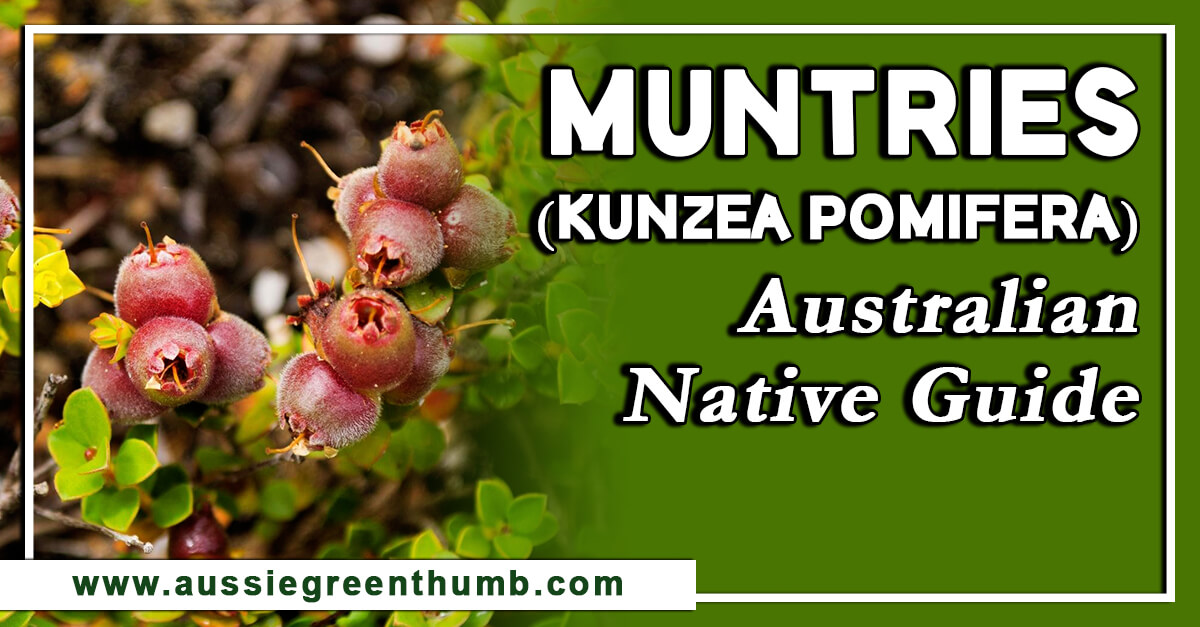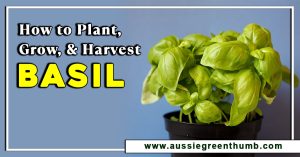Strawberries don’t grow on trees! I can hear your thought patterns already and, admittedly, the first time I heard about the Irish Strawberry Trees my myth busting senses launched into overdrive.
But I have since seen the error of my ways and am now the proud owner of this gorgeous specimen arbutus unedo. It has taken pride of place in a bed that we’ve been renovating and when fully grown should give us a little more privacy – and hopefully an abundance of fruit.
More...
Introducing Irish Strawberry Trees
As our garden is limited in space, choosing trees is a very delicate operation – there is only so much room. So, when we go shopping for a tree it must meet a few essential criteria before finally getting the nod.
Firstly, it can’t grow more than 10m (32ft) and preferably no more than 5m (16ft). Next, it needs to be ornamental. That is, it needs to have a nice shape, pretty flowers and great looking bark.
The Irish Strawberry Tree excels on each of these conditions. Its bark is a deep red maturing to a dark brown. The flowers are a brilliant white and resemble Lily-of-the-Valley in shape and growing habit and are profuse in autumn and winter.
Our final prerequisite for making it into our garden is that it should fruit. This is more an ideal condition than mandatory, but it makes sense to grow trees and plants that do more than look nice. If they can produce something that’s edible, then it adds to its desirability.
Strawberry Tree Features

Arbutus unedo, commonly known as Strawberry tree, fruits every spring after the flowers have bloomed and commence their life green, ripening through yellow and finally maturing a striking red that resembles strawberries.
We often like to choose deciduous trees over evergreens because we like the effect when winter rolls around. But since we have our silver birch, crepe myrtle, and Magnolia x soulangeana and a myriad of roses in the front garden, it seemed that an evergreen might be better placed.
The strawberry tree is an evergreen, and its lush green foliage is similar to a camellia in shape and colour but a little smaller.
How to Grow Irish Strawberry Trees
The strawberry tree can be grown in more Mediterranean style gardens but will also relish any garden that doesn’t suffer from annual snowfall in East-Southern Australia. It needs full-sun and can even withstand prevailing winds provided it’s mulched well and planted in fertile, well-drained loam soil.
Due to the strawberry tree’s proficiency in producing fruit, you may want to plant this tree somewhere that is accessible and won’t drive the neighbours mad by dropping its yields over their fence.
Caring for an Irish Strawberry Tree
It’s best to prune your strawberry tree after fruiting at the end of summer. This process should be limited to tip and shape pruning and when you’ve finished, fertilise with a handful or two of blood ‘n’ bone and collar the root ball with a slow-release fertiliser.
Like most fruiting trees, the strawberry tree does require more moisture than annual rainfall and the soil should be kept damp especially through the summer months. Apart from these points the strawberry tree is mainly low-maintenance and should provide a great source of edible fruits and look great at the same time.
Published on June 6, 2023 by Gary Clarke


Get Your Free Guide:
Master Growing Australian Natives eBook
A Must Have Complete Guide for Every Australian Garden
Get Your Free Guide:
Master Growing Australian Natives eBook
A Must Have Complete Guide for Every Australian Garden
Last Updated on February 14, 2024




